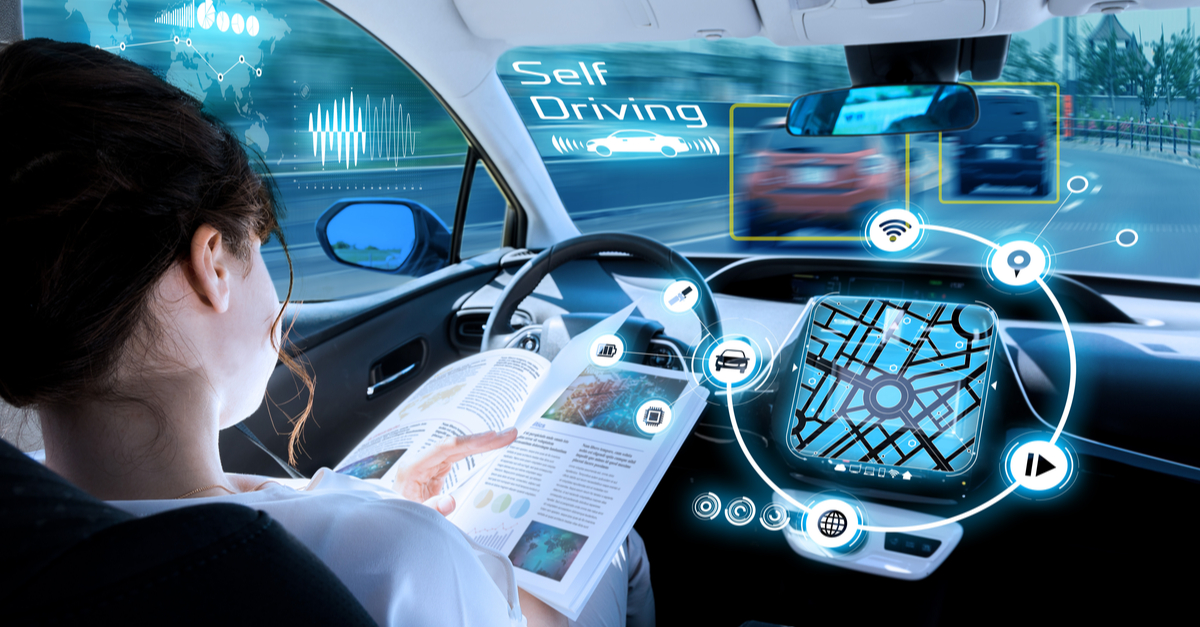Table Of Content

Cruise mainly operates its autonomous vehicles in dense, urban settings like downtown San Francisco, while Voyage oversees a fleet of low-speed autonomous vehicles providing trips to residents of several retirement communities. Both companies have tested their vehicles without a safety driver behind the wheel and aspire to launch full-fledged commercial robot taxi services. Looking to the next chapter, our goal is to resume driverless operations. As we continue working to rebuild trust and determine the city where we will scale driverless, we also remain focused on continuing to improve our performance and overall safety approach. To that end, Cruise is resuming manual driving to create maps and gather road information in select cities, starting in Phoenix.
Suspension of operations
The service is starting out small and will build based on demand and performance metrics, a Waymo spokesperson told TechCrunch. As of February 2020, Cruise had 180 autonomous vehicles registered with California’s DMV, and reportedly plans to deploy up to 300. Since it was acquired by GM, Cruise has tested its technology on the all-electric Chevrolet Bolt. Some of its vehicles have achieved Level 4 autonomy which means they can operate by themselves in most situations, but humans can still manually override the system. In the last five years, Cruise’s vehicles have covered more than two million miles of testing.
Cruise’s progress
And that means that the only updates the public gets are through a company’s own marketing material. Its biggest rival, Alphabet-owned Waymo, has been testing autonomous vehicles in Phoenix, Ariz., since 2017 and launched a ride-hailing service in the city in October 2020. Despite having pledged to launch its own commercial taxi feature by the end of 2019, Cruise has yet to establish a new release date for the service. Next, we’ll validate our AV’s end-to-end performance against our rigorous safety and AV performance requirements through supervised autonomous driving on public roads, in addition to the ongoing simulation and closed course driving we do. During this phase, the Cruise vehicles will drive themselves and a safety driver is present behind the wheel to monitor and take over if needed.
GM scales back Cruise after self-driving car setbacks - Marketplace
GM scales back Cruise after self-driving car setbacks.
Posted: Mon, 04 Dec 2023 08:00:00 GMT [source]
Plus, a Faraday Future whistleblower case and humanoid robots in car factories
In 2022, former Cruise CEO and co-founder Kyle Vogt — who stepped down amid last year’s controversy — told investors that Cruise had “de-risked the technical approach” by applying what worked well in San Francisco to similar ride-share markets. Until some entity steps in to establish a clear legal and regulatory foundation, this will likely remain an enormous hurdle for all of the companies that dream of robots ruling the road. To ensure optimal world creation, Cruise takes into account things like lighting at 24 different unique times of day and weather conditions, even going as far as to systematically measure light from a range of street lamps in San Francisco.
Safety
What I really wanted to try was the advanced driver-assistance system, and specifically the automatic lane change feature, which I had yet to test. Exponent Energy, the Indian battery-tech company that claims to have developed 15-minute charging technology, has partnered with auto manufacturer Omega Seiki Mobility to deliver a passenger three-wheel EV with those rapid-charging capabilities. HysetCo SAS, a startup that rents hydrogen-powered EVs to taxi drivers in Paris, raised nearly €200 million ($218 million) in a round led by Hy24. Exoes, a French-based startup that developed battery cooling technology for EVs, raised €35 million ($37.5 million) from BpiFrance and Meridiam Green Impact Growth Fund. Cruise's path to autonomous driving creates opportunities for increased mobility and independence.
News 4/9
Since becoming part of General Motors in March 2016,[17] Cruise has been working on developing software and hardware to make fully autonomous vehicles using modified Chevrolet Bolts. During GM’s investor day in October, Cruise CEO Dan Ammann outlined the company’s plan to invest heavily into the compute power of the Origin in order to decrease costs by 90% over the next four generations so it can scale profitably. At the time, Ammann mentioned Cruise’s intention to manufacture custom silicon in-house to cut costs, but didn’t admit outright using that silicon to build a chip — but TechCrunch had its theories. On Thursday, Rajat Basu, chief engineer for the Origin program, validated those theories.


In 2017, Cruise was conducting testing on public roads with Cruise AVs in San Francisco, Scottsdale, Arizona, and the metropolitan Detroit area. Cruise recently began testing its fully driverless vehicles in San Francisco for the first time, but the company still doesn’t allow non-employees to ride in its vehicles. Cruise had planned to launch a commercial taxi service in 2019 but failed to do so, and it has yet to publicly commit to a new date. Meanwhile, Waymo officially launched paid rides in Los Angeles this week. We previously reported on California regulators’ approval of the Alphabet-owned company to charge for its robotaxi service in the city.
The GM-backed company is one of the first to launch Level 4 vehicles in a dense, complex urban setting
Cruise was approved to test fully driverless cars (also called Level 4 in industry parlance) in California on October 15th. According to the DMV, Cruise can only test five driverless vehicles “on specified streets within San Francisco.” The vehicles are not allowed to exceed 30 mph, and can’t operate during heavy fog or heavy rain. We’re reintroducing a small fleet of manually-operated vehicles to begin mapping with trained safety drivers behind the wheel. Only when something goes wrong do these types of facts and figures come to light. Voyage — In March 2021, Cruise acquired self-driving startup Voyage, which serves retirement communities, for an undisclosed price. Voyage operates low-speed self-driving cars to transport older adults, including at least 125,000 customers in Florida.
Why won't Cruise driverless cars be back soon? - TechHQ
Why won't Cruise driverless cars be back soon?.
Posted: Wed, 20 Dec 2023 08:00:00 GMT [source]
Scout Motors wants to put the ‘mechanical’ back into electric trucks
Phoenix is a natural place to start as Cruise already has vehicles in the area and city officials were open to the idea of its return, said a person familiar with the plan, who asked not to be identified. The news that the company will be relying less on its operations staff during its testing comes after Cruise’s safety drivers have complained about a lack of safety standards during the pandemic and subsequent wildfires. They accuse Cruise of deploying its self-driving cars during the spring lockdown in defiance of public health orders banning nonessential travel. And they say Cruise isn’t doing enough to keep them safe during these public health crises.
Vogt said that NHTSA is expected to make a decision soon on the company’s request, perhaps sometime later this month. / Sign up for Verge Deals to get deals on products we've tested sent to your inbox weekly. For specific scenarios that Cruise hasn’t been able to collect in real-world road conditions, there’s Morpheus. Morpheus is a system that can generate simulations based on specific locations on the map.
In a video released by the company, a Cruise employee is seen in the passenger seat while the car drives itself through the darkened streets of San Francisco. Cruise’s vehicles all have an emergency switch in the center channel near the gear shift in case something goes wrong, and they are also monitored remotely by Cruise employees. Asked whether remote operators are able to take control of the vehicle when needed, Ammann declined to answer. Cruise is certainly one of the best capitalized autonomous vehicle companies in the world. In 2018, it secured both a $2.25 billion investment from the SoftBank Vision Fund and a $2 billion investment from Honda. In 2019, Cruise landed a $1.15 billion investment from GM, SoftBank, Honda, and T.

No comments:
Post a Comment